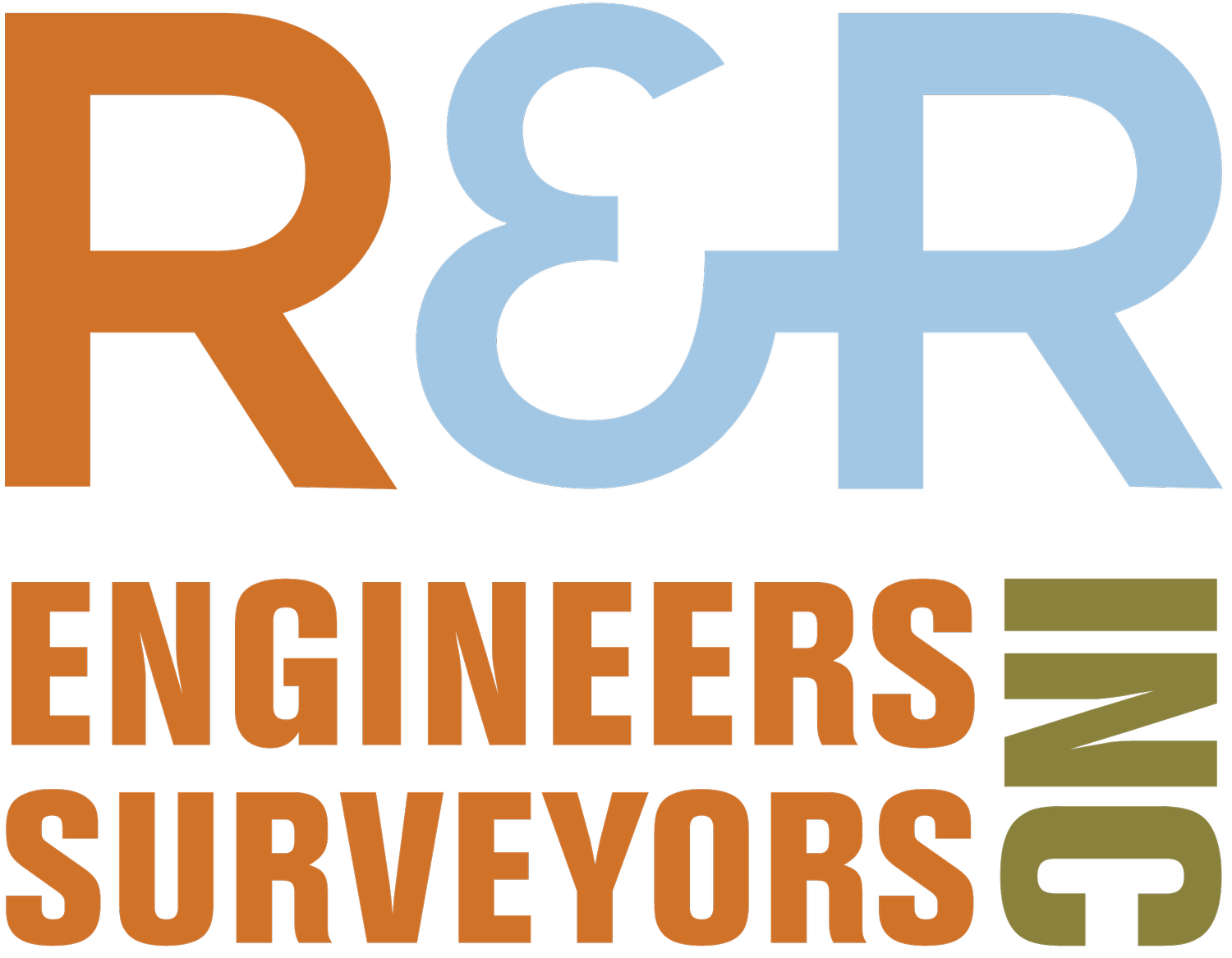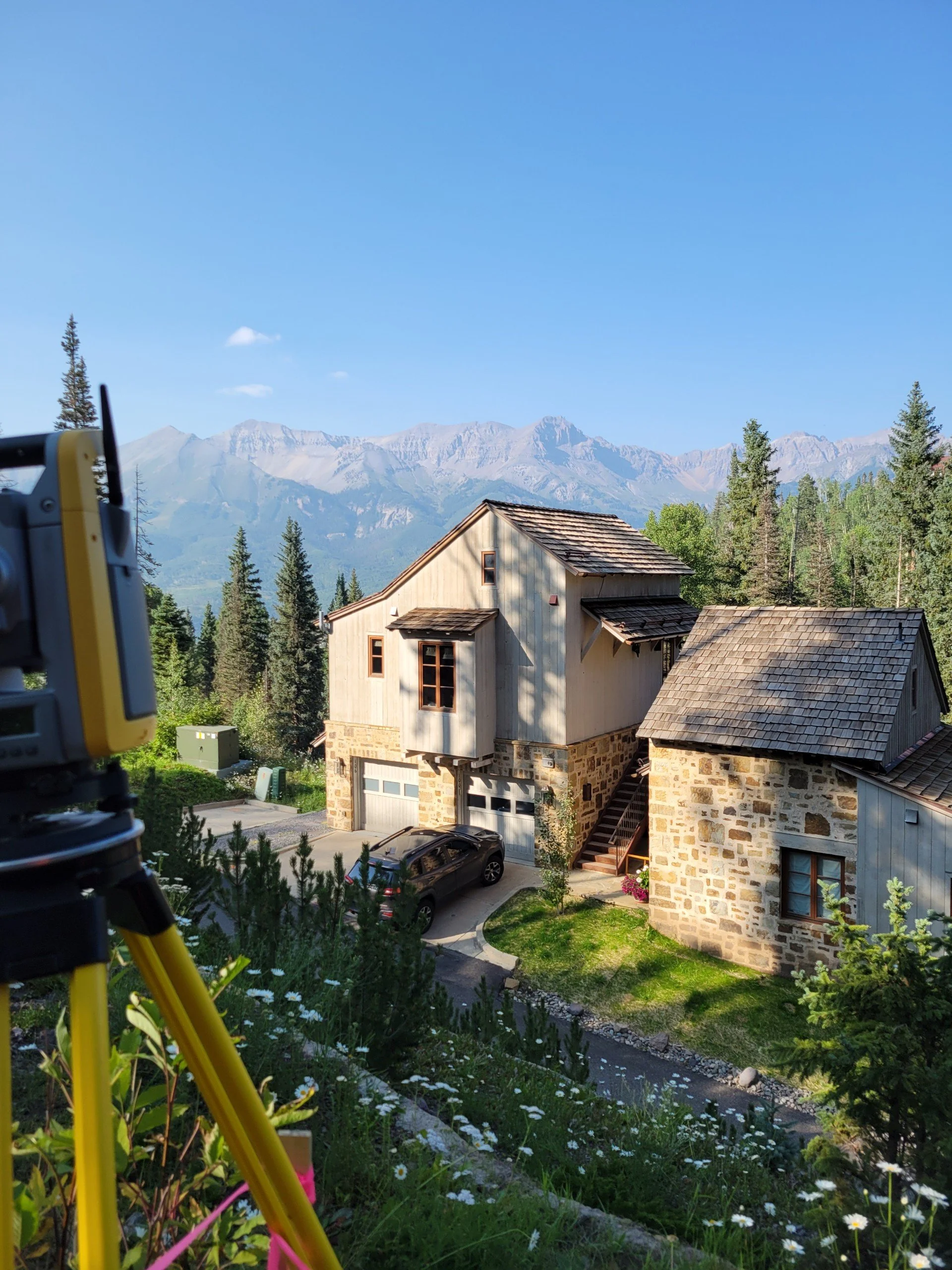WHAT TYPE OF SURVEY DO YOU NEED?
So you know you need a survey, but with the variety of land surveys to choose from that check different boxes, how do you know which one you need?
No matter what your survey request, R&R is here to help you and provide the land survey that meets your unique needs for your unique parcel. To start, we will review some commonly used terminology to help you understand what each type of survey is used for.
SURVEY TERMS DEFINED
Boundary Survey - A boundary survey is a detailed surveying process conducted to establish the precise location and legal boundaries of a property or piece of land. It is typically performed by a licensed surveyor and involves the identification, measurement, and documentation of the property's boundaries, corners, and any physical features or improvements that may impact the boundaries. These include easements, encroachments, and right-of-ways.
Title Review – During a title review, a surveyor will typically review various documents, such as deeds, land contracts, mortgages, easements, and any relevant court records. They will assess the chain of ownership, verify the boundaries and measurements described in the documents, and identify any potential problems or discrepancies.
The title review process aims to provide a comprehensive understanding of the property's ownership history, confirm its legal boundaries, and identify any potential concerns or legal issues that may affect the property such as unrevealed bankruptcy, and forgery or fraud. This information is crucial for potential buyers, lenders, developers, or anyone else involved in a real estate transaction or development project. A thorough title review helps ensure that the property's title is clear and marketable, reducing the risk of future disputes or complications related to ownership rights.
Site Features – Site features refer to the physical characteristics or elements present on a specific piece of land. These features are typically surveyed and documented to provide accurate and detailed information about the land's conditions. Site features play a crucial role in various industries, including construction, engineering, urban planning, and real estate development. Some common site features that are typically assessed and documented during a land survey include bodies of water, structures, pavement, notable nearby landmarks, locations of utilities, and natural resources.
Topography – Topography refers to the physical characteristics or features of the Earth's surface, including the arrangement and distribution of natural and artificial elements such as mountains, hills, valleys, plains, rivers, lakes, and man-made structures. It focuses on the shape, elevation, and spatial arrangement of landforms and the underlying geology that influences their formation. Topography is most commonly shown as elevation contours on surveys, providing information about the change in ground elevation across the land.
Utilities – Utilities refer to various services and infrastructure systems that are installed underground or on the surface of the land. For example, water supply, sanitary sewer, storm sewer, electricity, gas supply, and even telecommunications. It is important to record utilities when possible for safety, legal compliance, project planning, and minimizing service disruptions.
The American Land Title Association reviews the National Standards every 5 years. The most current information can be found HERE, under Most Requested.
SURVEY TYPES & RECOMMENDED USES
ALTA/NSPS – American Land Title Association/National Society of Professional Surveyors land surveys includes boundary survey, title review, site features, topography, and utilities.
Starting Point: ALTA Land Surveys provide a number of benefits for commercial property owners, lenders, and other stakeholders, including:
Accurate property boundaries: ALTA Land Surveys provide highly detailed and accurate information about the property's boundaries, which can help to prevent disputes and legal issues.
Identification of potential problems: The survey can help to identify potential issues, such as encroachments, zoning violations, and easements, that could affect the property's value or use.
Compliance with lender requirements: Many lenders require an ALTA Land Survey before providing financing for a commercial property, so having one completed can help to streamline the financing process.
Reduced liability: By identifying potential issues before they become problems, property owners can reduce their liability and avoid costly legal disputes.
Comprehensive information: ALTA Land Surveys provide a wealth of information about the property, including the location of buildings, utilities, and other features, which can be useful for planning and development purposes.
Peace of mind: Having an ALTA Land Survey completed can provide peace of mind for property owners and other stakeholders, knowing that the property has been thoroughly and accurately surveyed.
RECOMMENDED FOR: National Standards, Commercial Land Transactions, Property Boundary, and Design.
ISP – Improvement Survey Plat includes boundary survey, title review, site features, topography, and utilities.
An Improvement Survey Plat (ISP) is a document created by a land surveyor that provides detailed information about a specific property or parcel of land. The ISP is typically prepared to document existing improvements, such as buildings, structures, utilities, and other features located on the property.
RECOMMENDED FOR: State Certifications, Land Transactions, Property Boundary, and Design.
LSP – Land Survey Plat includes boundary survey and title review.
The primary purpose of a Land Survey Plat is to accurately represent the surveyed property and its boundaries, establishing a clear and precise record of its physical features. It serves as a crucial tool for property owners, real estate professionals, land developers, and government agencies involved in land transactions, land use planning, and property dispute resolution.
RECOMMENDED FOR: State Certifications, Land Transactions, Property Boundary but is NOT recommended for design.
TOPO – Topographic Survey includes site features, topography, and utilities.
A topographic survey, also known as a contour survey or a land survey, is a type of surveying that involves measuring and mapping the three-dimensional characteristics of a land area. The purpose of a topographic survey is to accurately represent the physical features and elevation changes of the land, including its natural and man-made features.
RECOMMENDED FOR: Recording Utilities and Topography of Property
ILC – Improvement Location Certificate includes site features.
An improvement Location Certificate (ILC) provides information about the improvements and structures on a property, as well as their relationship to the property boundaries and any potential encroachments or zoning violations. Although it does provide information regarding property improvements, boundaries, easements and encroachments, zoning compliance, and legal descriptions - it is not the same as a full land survey and the detail varies based on the regulations. It is not a legal boundary survey.
RECOMMENDED FOR: Refinance, land transactions, developed land, and is also NOT recommended for design.
Now that you know what each type of land survey is, which one can we assist you with?
Gives us a call at (303) 753-6730 or email us at LetsChat@rrengineers.com.





